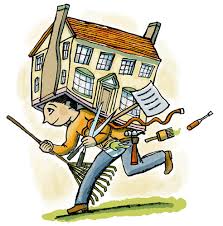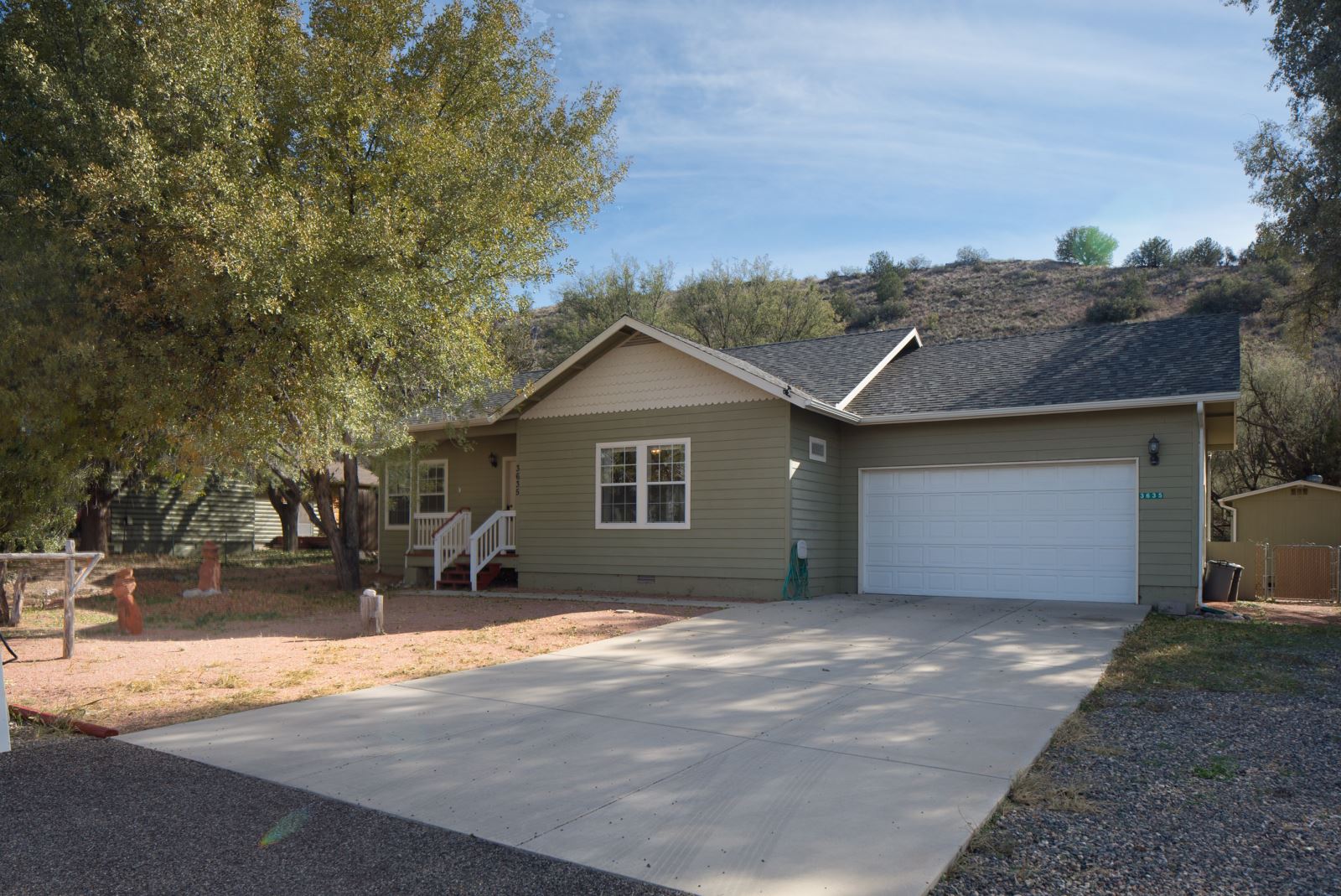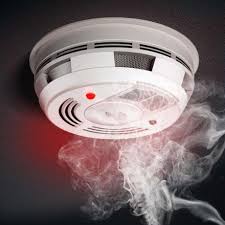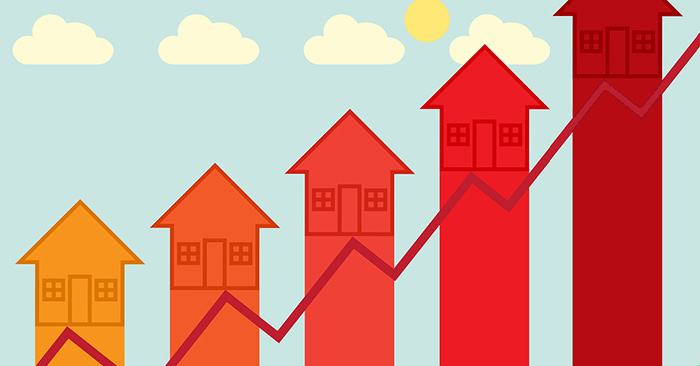Home Remodels

Home remodels offer an opportunity to change the look and feel of your home. This can be great if you live in an older home with outdated fixtures and other hardware. Unfortunately, a lot of people don’t take the time to match their remodel to their house and end up with a look that’s a bit less than optimal. The remodel won’t necessarily look bad, but it may be unsatisfactory because it doesn’t quite match the architecture and style of the house itself.
Of course, this doesn’t mean that you have to redo everything in its original style when remodeling your home. That would all be rather boring, wouldn’t it? You simply need to make sure that you fully take your home into account when designing your remodel. This is easier than you might think, once you know what to plan for.
What Style Is Your Home?
Before you can plan out a remodel based on the style of your home, you need to figure out exactly what that style is. There are a lot of possibilities out there, ranging from Victorian and Colonial designs to Craftsman homes, Ranch homes and other more modern styles. You may already know which architecture style your house was built in, either from existing architecture knowledge or discussions with your Realtor before buying the property. If you aren’t sure, though, there are a number of resources that can help you find out. You can research home styles online, talk to fans of different architectural styles or even look at the original listing for your home if you have a copy. Regardless of how you find out, learning about your home’s architectural style is the first step to accenting it with your remodel.
Learning Your Style
Once you know your home’s style, take the time to learn a bit about it. Learn the key points of the architecture, distinguishing features and everything else that makes it stand out from similar home designs. If there are fixtures, doors, windows or other home features that are commonly associated with your home style, you should learn what those are as well. This may seem like a lot of work, but the details about your home style that you learn now will go a long way toward helping you design a remodel plan that really accentuates the best things about your home.
Adapting Your Style
Once you have a good idea of what works with your home’s architectural style, it’s time to start planning your remodel to work with that idea. You can look for fixtures that are similar to more traditional offerings but that better match your personal taste, or for example select a traditional door but opt to paint it in a color that will go better with your new siding choices. Your goal should be to find a balance between more traditional offerings for your home style and your personal decorating preferences. That way, the choices you make will fit in beautifully with the overall design of your home and its existing accents.
Keep in mind that this doesn’t mean everything has to match perfectly, either. There is a lot of room for you to express yourself through choices that might otherwise clash with your home style, using that disparity to draw attention either to your choice or to the design of the home itself. There are many options available to you, and because you know what’s expected for homes like yours you are free to go with the traditional or to shake things up as you see fit.

.jpg)




 4/22/17 – 4/22/18 (Sedona): Total Closed Sales: Up 12% from 205 to 232, over this same time last year. Median Recorded Sale Price: Up 12% from $467,500 to $530K, over this same time last year. Price Per Square Foot: Up 3% from $246 / sq. foot to $254 / sq. foot, over this same time last year. Days On Market: The one category we don’t mind seeing a drop…The average days on market was down 9%, from 158-days on market, to 145-days on the market for the average sale, over this same time last year.
4/22/17 – 4/22/18 (Sedona): Total Closed Sales: Up 12% from 205 to 232, over this same time last year. Median Recorded Sale Price: Up 12% from $467,500 to $530K, over this same time last year. Price Per Square Foot: Up 3% from $246 / sq. foot to $254 / sq. foot, over this same time last year. Days On Market: The one category we don’t mind seeing a drop…The average days on market was down 9%, from 158-days on market, to 145-days on the market for the average sale, over this same time last year. Most renters put off buying a home because they think renting is more affordable than buying their own home. But with rents rising across the nation at historic rates, home ownership is becoming the more affordable option. According to a recent Market Outlook Report from Realtor.com, in 2017 rents rose year-over-year in a whopping 78% of counties across the US. These sometimes drastic increases in rent are eating up more of renters’ budgets and often making renting more expensive than purchasing. According to a recent study by Zillow, home ownership has become more affordable than renting in the majority of metro markets across the US. According to the study, the average renter pays nearly 30% of their income towards rent. The average homeowner pays significantly less, with only 15.4% of their income going towards their mortgage. In other words, in many markets, renting compromises nearly twice the income of owning a home.
Most renters put off buying a home because they think renting is more affordable than buying their own home. But with rents rising across the nation at historic rates, home ownership is becoming the more affordable option. According to a recent Market Outlook Report from Realtor.com, in 2017 rents rose year-over-year in a whopping 78% of counties across the US. These sometimes drastic increases in rent are eating up more of renters’ budgets and often making renting more expensive than purchasing. According to a recent study by Zillow, home ownership has become more affordable than renting in the majority of metro markets across the US. According to the study, the average renter pays nearly 30% of their income towards rent. The average homeowner pays significantly less, with only 15.4% of their income going towards their mortgage. In other words, in many markets, renting compromises nearly twice the income of owning a home.




